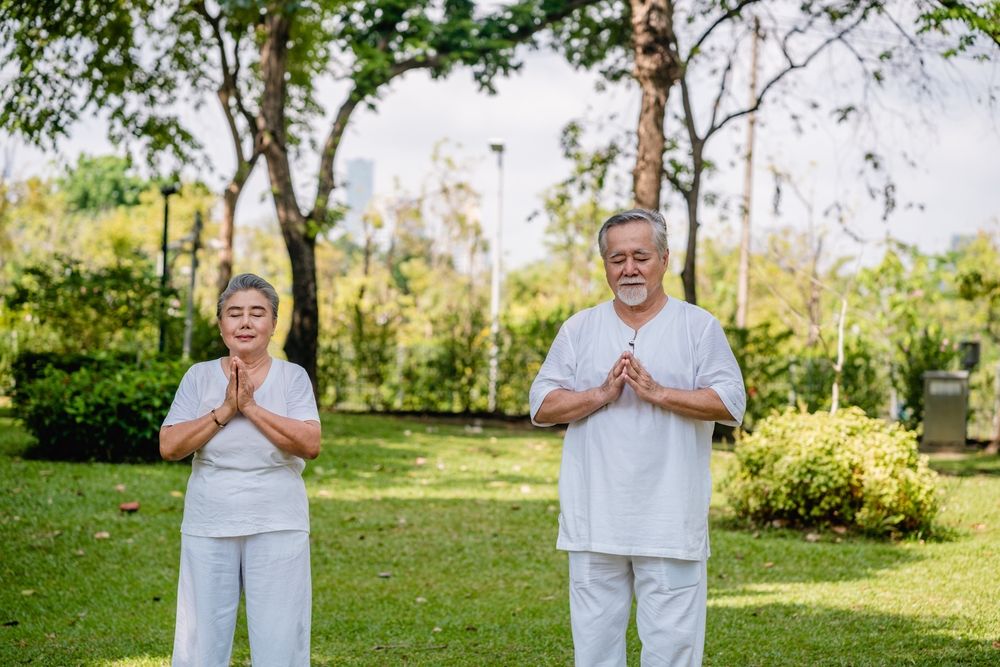

In this lesson, we explore the meaning and implications of healthy posture.
Objective
Learn terminology and considerations related to posture including anatomical position, habits and muscle memory, sensory motor amnesia and the attributes and implications of healthy posture.
Description
Define posture and the relationship between habit, muscle memory, sensory motor amnesia, bodily structure and physiology. Name the criteria that is often used when identifying healthy posture. Define the phrase “anatomical position” and what it means to stand in “neutral.” Describe why it’s inappropriate to idealize body symmetry. Explain why healthy posture matters and why students may find it difficult to identify a neutral spine. Cite research related to posture, pain, function and ROM. Describe four considerations for pelvic alignment in Tadasana (Mountain Pose). Discuss the effects of excessive sitting and other issues such as sitting with legs crossed, not changing position, and the technique used for bending over.
Vocabulary
anatomical position, healthy posture, ischemia, muscle memory, neutral pelvis, neutral spine, posture, sensory motor amnesia, standard anatomical position, standing in neutral
To view this page and thousands more, we invite you to join Yoga Teacher Central, serving teachers since 2012.
You'll get instant access to a massive, organized library of practical and time-tested lessons, plans, and support for yoga teachers and trainers.
The entire site is member-supported and ad-free.